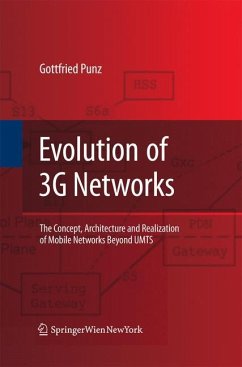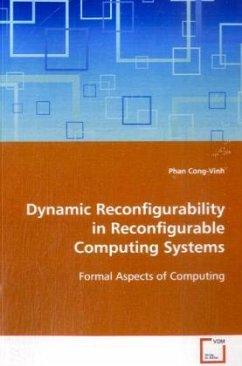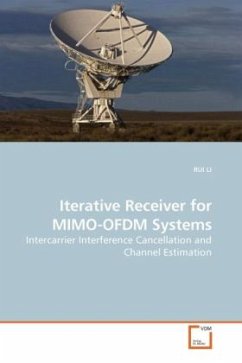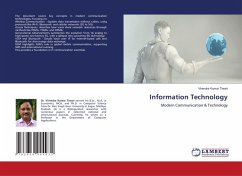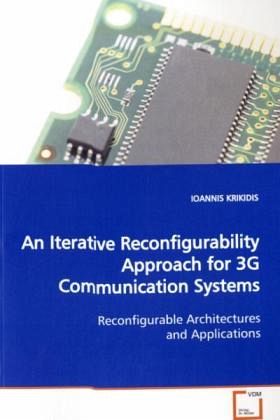
An Iterative Reconfigurability Approach for 3G Communication Systems
Reconfigurable Architectures and Applications
Versandkostenfrei!
Versandfertig in 6-10 Tagen
45,99 €
inkl. MwSt.

PAYBACK Punkte
23 °P sammeln!
In this book, we tried to clarify thereconfigurability concept andto categorize all the existing approaches based on ageneral reconfigurability framework. We introducereconfigurability as a layered concept which consistsof two separated logical layers. Thefirst layer is the algorithmic reconfigurability andrepresents the point of view of the algorithmicspecialists. It refers to the ability of areconfigurable system to dynamically changealgorithms according to real time parameters tooptimize well defined performance and complexitymetrics. This layer introduces the need for anintelligent block w...
In this book, we tried to clarify the
reconfigurability concept and
to categorize all the existing approaches based on a
general reconfigurability framework. We introduce
reconfigurability as a layered concept which consists
of two separated logical layers. The
first layer is the algorithmic reconfigurability and
represents the point of view of the algorithmic
specialists. It refers to the ability of a
reconfigurable system to dynamically change
algorithms according to real time parameters to
optimize well defined performance and complexity
metrics. This layer introduces the need for an
intelligent block which supervises the radio and
makes the appropriate decisions.
The second layer is hardware reconfigurability and
represents the point of view of the hardware
specialists. In this layer, reconfigurability is
translated as a piece of hardware which can be
modified to perform different functions at different
times, allowing the hardware to be tailored to the
application at hand. This results in greatly
increased speed and silicon efficiency, while
maintaining a high degree of flexibility.
reconfigurability concept and
to categorize all the existing approaches based on a
general reconfigurability framework. We introduce
reconfigurability as a layered concept which consists
of two separated logical layers. The
first layer is the algorithmic reconfigurability and
represents the point of view of the algorithmic
specialists. It refers to the ability of a
reconfigurable system to dynamically change
algorithms according to real time parameters to
optimize well defined performance and complexity
metrics. This layer introduces the need for an
intelligent block which supervises the radio and
makes the appropriate decisions.
The second layer is hardware reconfigurability and
represents the point of view of the hardware
specialists. In this layer, reconfigurability is
translated as a piece of hardware which can be
modified to perform different functions at different
times, allowing the hardware to be tailored to the
application at hand. This results in greatly
increased speed and silicon efficiency, while
maintaining a high degree of flexibility.



